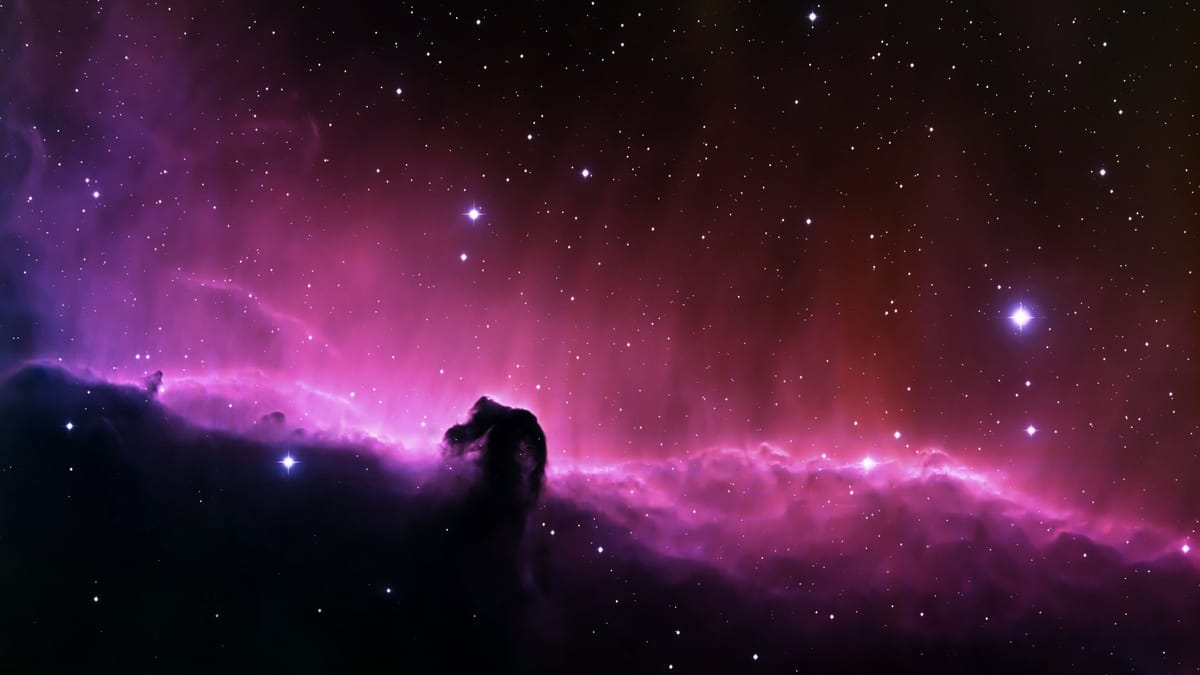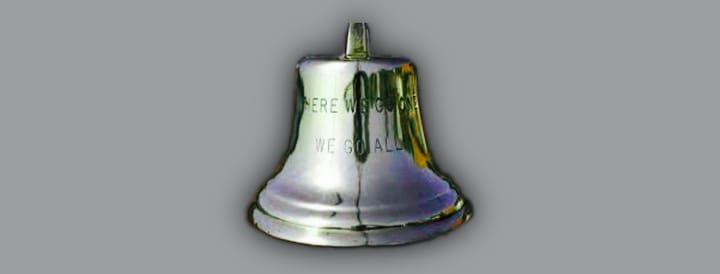My Big TOE

A Unified Theory of Consciousness, Physics, and Reality by Thomas Campbell
Introduction
Thomas Campbell’s My Big TOE (Theory of Everything) is a groundbreaking framework that merges science, philosophy, and metaphysics into a single cohesive model. Unlike traditional scientific theories limited to physical phenomena, Campbell’s TOE explores the nature of consciousness, the structure of reality, and the purpose of existence. Drawing from his extensive background as a physicist and his personal exploration of altered states of consciousness, Campbell presents a vision of reality where consciousness, rather than matter, is the fundamental building block.
This book delves into the key aspects of My Big TOE, starting with its philosophical foundations, moving through its core elements, and culminating in its implications for consciousness evolution. By embracing the idea that we exist within a virtual reality created by a larger consciousness system, Campbell offers a paradigm shift in understanding who we are and why we exist.
Philosophical Foundations
The Primacy of Consciousness
Campbell begins by asserting that consciousness is the fundamental essence of all existence. Contrary to the materialistic view—which holds that consciousness emerges from physical processes—he posits that the physical world is a subset of consciousness. In this model, consciousness generates the physical universe as a virtual reality. Everything we experience, from the chair we sit on to the stars we observe, exists within this consciousness-based framework.
This perspective resonates with ancient philosophies and modern metaphysics, challenging the long-held assumption that reality is purely material. By placing consciousness at the center, Campbell bridges the gap between scientific inquiry and spiritual understanding.
The Virtual Reality Metaphor
To illustrate his ideas, Campbell uses the metaphor of virtual reality (VR). Imagine playing a video game where you, the player, control an avatar within a simulated world. The game’s environment exists only as data processed by a computer and rendered for your experience. Similarly, Campbell argues that our physical reality operates as a virtual simulation, with consciousness as both the creator and participant.
In this model:
- The Larger Consciousness System (LCS) is akin to the computer running the simulation.
- Individuated Units of Consciousness (IUOCs) represent players within the game.
- The Physical Universe is the rendered virtual environment.
The VR metaphor elegantly resolves several philosophical puzzles. For example, it explains the mind-body problem by showing that both mind and matter are derived from the same underlying consciousness system.
Historical Context and Intellectual Roots
Campbell’s ideas are informed by a synthesis of scientific rigor and metaphysical exploration. Drawing inspiration from thinkers like Albert Einstein, who sought a unified theory of physics, and mystics who explored the realms of consciousness, Campbell’s work attempts to harmonize these seemingly disparate perspectives. This intellectual lineage highlights the compatibility of scientific inquiry with spiritual truths, inviting readers to reconsider the boundaries of knowledge.
Core Elements of My Big TOE
Assumptions of the Model
Campbell’s theory is built on two foundational assumptions:
- Consciousness Exists: Consciousness is the primary reality from which all phenomena emerge.
- Evolution Drives Progress: The overarching goal of consciousness is to evolve by reducing entropy (disorder).
These assumptions allow the theory to explain a wide range of phenomena, from the laws of physics to the nature of free will and morality.
Consciousness as an Information System
In Campbell’s model, consciousness functions as an information system. Its primary objective is to lower entropy, which translates to increasing organization, complexity, and effectiveness. High entropy signifies disorder and inefficiency, while low entropy represents a well-structured, highly functional state.
The Role of Free Will
Free will is a crucial component of this system. For consciousness to evolve, it must have the freedom to make choices. Each choice contributes to the system’s overall entropy level:
- Constructive Choices: Reduce entropy by fostering cooperation, love, and understanding.
- Destructive Choices: Increase entropy through fear, selfishness, and disconnection.
Time, as we perceive it, emerges from the sequential nature of these choices. It provides the framework within which consciousness can learn, adapt, and grow.
Virtual Realities as Evolutionary Tools
Virtual realities, such as our physical universe, serve as platforms for consciousness evolution. By participating in these environments, individuated units of consciousness (IUOCs) face challenges, make decisions, and learn from the consequences. This process fosters growth and reduces entropy.
Rule-Sets and Consistency
Each virtual reality operates according to specific rule-sets. For our physical universe, these rules are the laws of physics. They ensure consistency, allowing for a shared experience among participants. The rule-set also imposes constraints, creating a balanced environment where free will can thrive without chaos.
The Simulation Hypothesis and its Implications
Campbell’s model aligns with the broader simulation hypothesis, which suggests that reality is a digital construct. However, My Big TOE extends this idea by emphasizing the active role of consciousness in shaping the simulation. This approach not only addresses the origins of the simulation but also explores its purpose as a tool for spiritual and intellectual growth.
Evolution of Consciousness
The Larger Consciousness System (LCS)
The LCS is the overarching self-aware information system that encompasses all individuated consciousness units. It is analogous to a vast networked computer system, where each IUOC represents a node. The LCS evolves by lowering its entropy, a process driven by the interactions and experiences of its individuated components.
The Feedback Loop
Campbell describes a feedback loop within the LCS:
- IUOCs interact within virtual realities, making choices and experiencing consequences.
- These experiences generate feedback, which helps the IUOCs learn and grow.
- As IUOCs evolve, they contribute to the overall entropy reduction of the LCS.
This iterative process ensures continuous growth and adaptation for both individual consciousness units and the larger system.
Love and Fear: The Dual Forces
In Campbell’s framework, love and fear are the primary forces driving consciousness evolution:
- Love: Represents low entropy. It is characterized by unity, cooperation, and selflessness.
- Fear: Represents high entropy. It manifests as separation, ego, and selfishness.
The journey of consciousness involves moving away from fear and toward love. This transition reduces entropy and fosters harmony within the LCS.
Practical Evolutionary Pathways
To evolve as consciousness, individuals and systems must embrace practices that reduce entropy. These include:
- Meditation and Self-Reflection: Tools for increasing awareness and understanding.
- Service to Others: Actions that prioritize collective well-being over individual gain.
- Education and Adaptation: Pursuits that expand knowledge and foster flexibility.
Impacts of Evolution on Human Society
As consciousness evolves, societal structures also transform. High-entropy systems, characterized by fear-based hierarchies, give way to cooperative, love-based frameworks. This evolution manifests in cultural, political, and economic changes, ultimately fostering a more equitable and sustainable world.
Implications for Reality and Humanity
A New Understanding of Physics
Campbell’s TOE has profound implications for physics. By framing the physical universe as a virtual reality, it explains phenomena that traditional physics struggles to address, such as quantum mechanics and nonlocality. For example:
- Quantum Uncertainty: Arises from the probabilistic nature of the virtual simulation.
- Wave-Particle Duality: Reflects the system’s optimization of resources, rendering only what is observed.
These insights suggest that physics, rather than being an end in itself, is a subset of a larger reality governed by consciousness.
The Purpose of Life
From the perspective of My Big TOE, the purpose of life is to grow and evolve as consciousness. This involves:
- Making choices that reduce entropy.
- Overcoming fear and embracing love.
- Learning from challenges and interactions within the virtual reality.
This purpose transcends individual existence, contributing to the collective evolution of the LCS.
Practical Applications
Campbell’s theory offers practical guidance for living a meaningful life:
- Focus on Personal Growth: Strive to make decisions that foster love, compassion, and cooperation.
- Embrace Challenges: View difficulties as opportunities for learning and growth.
- Cultivate Awareness: Recognize the interconnectedness of all beings within the LCS.
Expanding the Vision
Bridging Science and Spirituality
My Big TOE bridges the divide between science and spirituality, offering a unified model that respects both empirical evidence and experiential knowledge. This synthesis opens new avenues for research, encouraging scientists and philosophers to collaborate in exploring the nature of reality.
The Role of Experiential Learning
Campbell emphasizes the importance of direct experience in validating his theory. Whether through meditation, lucid dreaming, or other altered states of consciousness, individuals are encouraged to explore and test the principles of My Big TOE for themselves. This experiential approach fosters a deeper understanding and personal connection to the theory.
Conclusion ... NOT
Thomas Campbell’s My Big TOE presents a revolutionary model of reality, uniting science and spirituality under the primacy of consciousness. By understanding the virtual nature of our universe and embracing the principles of love, free will, and entropy reduction, we can align our lives with the larger purpose of consciousness evolution. This framework not only deepens our understanding of existence but also empowers us to live with greater awareness and intention.
Through its blend of rigorous logic and profound insight, My Big TOE invites us to explore the boundaries of reality and unlock the potential of our consciousness. As we journey toward a deeper understanding of ourselves and the universe, Campbell’s theory serves as both a guide and an inspiration, illuminating the path to a more evolved and harmonious existence.
Yet as Tom Campbell himself says, he isn't sure the findings he's made are set, on the contrary. So in conclusion, the game is open. Consciousness is waiting!





Comments ()